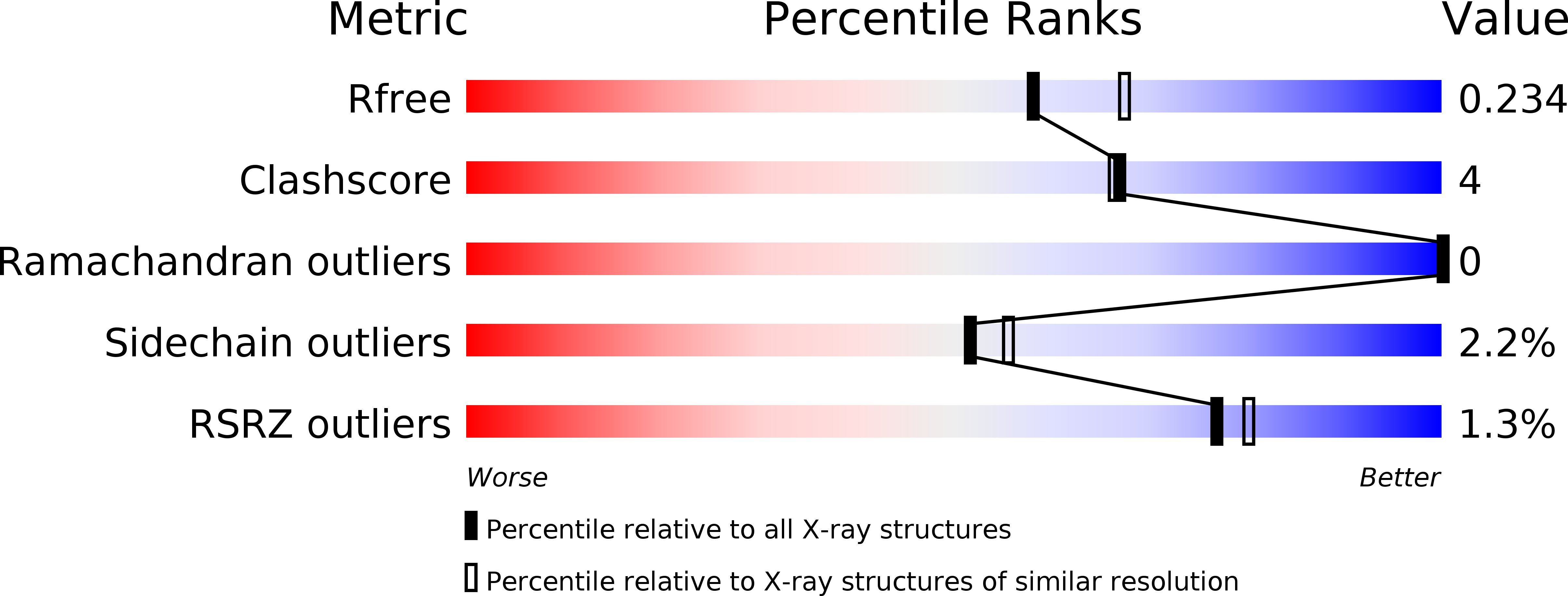
Deposition Date
2019-08-22
Release Date
2020-01-08
Last Version Date
2024-01-24
Entry Detail
PDB ID:
6SMR
Keywords:
Title:
A. thaliana serine hydroxymethyltransferase isoform 4 (AtSHMT4) in complex with methotrexate
Biological Source:
Source Organism:
Arabidopsis thaliana (Taxon ID: 3702)
Host Organism:
Method Details:
Experimental Method:
Resolution:
2.12 Å
R-Value Free:
0.23
R-Value Work:
0.17
R-Value Observed:
0.17
Space Group:
P 21 21 21


